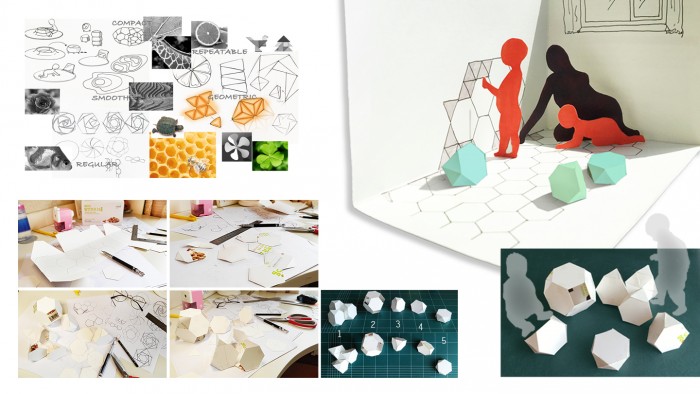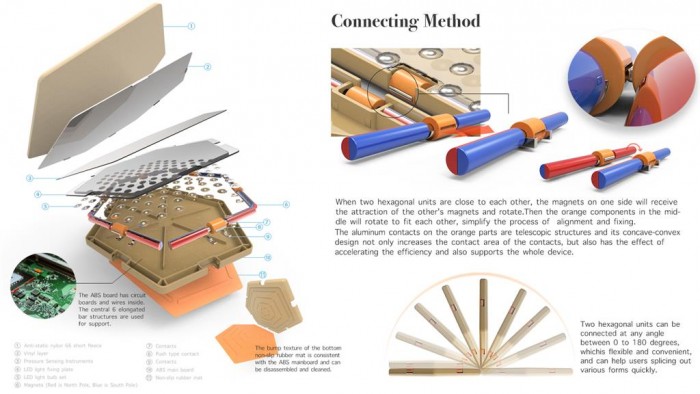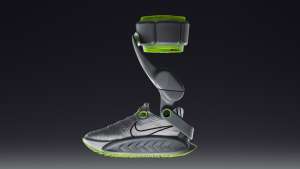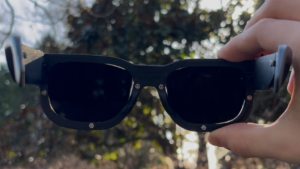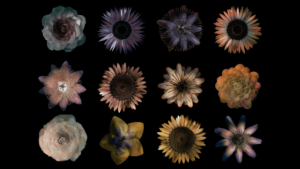Autism is a complex disorder of brain development, causing affected children to interact and behave differently to most other people. Autism, which can vary in its degree of severity from mild to serious impairment, affects about one in every 59 children according to the US Centres for Disease Control – and it may be on the increase.
Because autistic children have difficulties in social interaction, many parents and caregivers might struggle to find a workable approach and make a connection when caring for these children.
This inspired design technologist Jin Yijing to create the Electronic Play Mat – something which will help to create a pathway of communication between autistic children and their parents or caregivers.
The Electronic Play Mat is designed to be an interactive, playful product that is high in quality, but low in price – often equipment and treatments aimed at autistic children are prohibitively expensive.
The Play Mat has five different gaming options that vary in sound, animation and light. There are also three levels: linear, plane and spatial. Every time a child completes a level, they gradually expand and improve in space and balance.
Made out of hexagonal units, the Play Mat was designed to be easily assembled or dismantled and it gives users the option to adapt the games to the various spaces in which it might be used. The mat can be rearranged using the rotating magnets on each hexagon.
“The aluminium contacts on the magnets are telescopic structures and its concave-convex design not only increases the connecting area of the contacts but also has the effect of accelerating the efficiency and supports the whole device,” Yijing explains.
She added that it was also a safer option, because the children are not able to access the electric current.
Yijing developed the concept by working closely with autistic children and their parents, who she included in the design process. Each element she created was closely scrutinised to see what appeal it would have for a child with autism.
Her research confirmed that children with autism don’t like being touched, so she designed the device to act as a distraction.
She also focused on shapes, and which ones the children preferred. According to her, children with autism are mostly drawn to regular, rigid shapes that are repetitive, and that's why she chose the hexagon as a basis for her design.
Her research, most importantly, led her back to the parents and how vital it was to develop more common ground between them and their children.
“It’s important for parents to come along on this journey and to make the children feel comfortable by getting them to adapt to the product gradually, instead of having it forced upon them,” she added.
She hopes further product research will be done, and that further input from experts might make the product even more user-friendly.
Read more:
Woebot: A smart, accessible mental healthcare solution
On designing spaces with people's mental health in mind
New audio & text system could detect depression in everyday conversations

